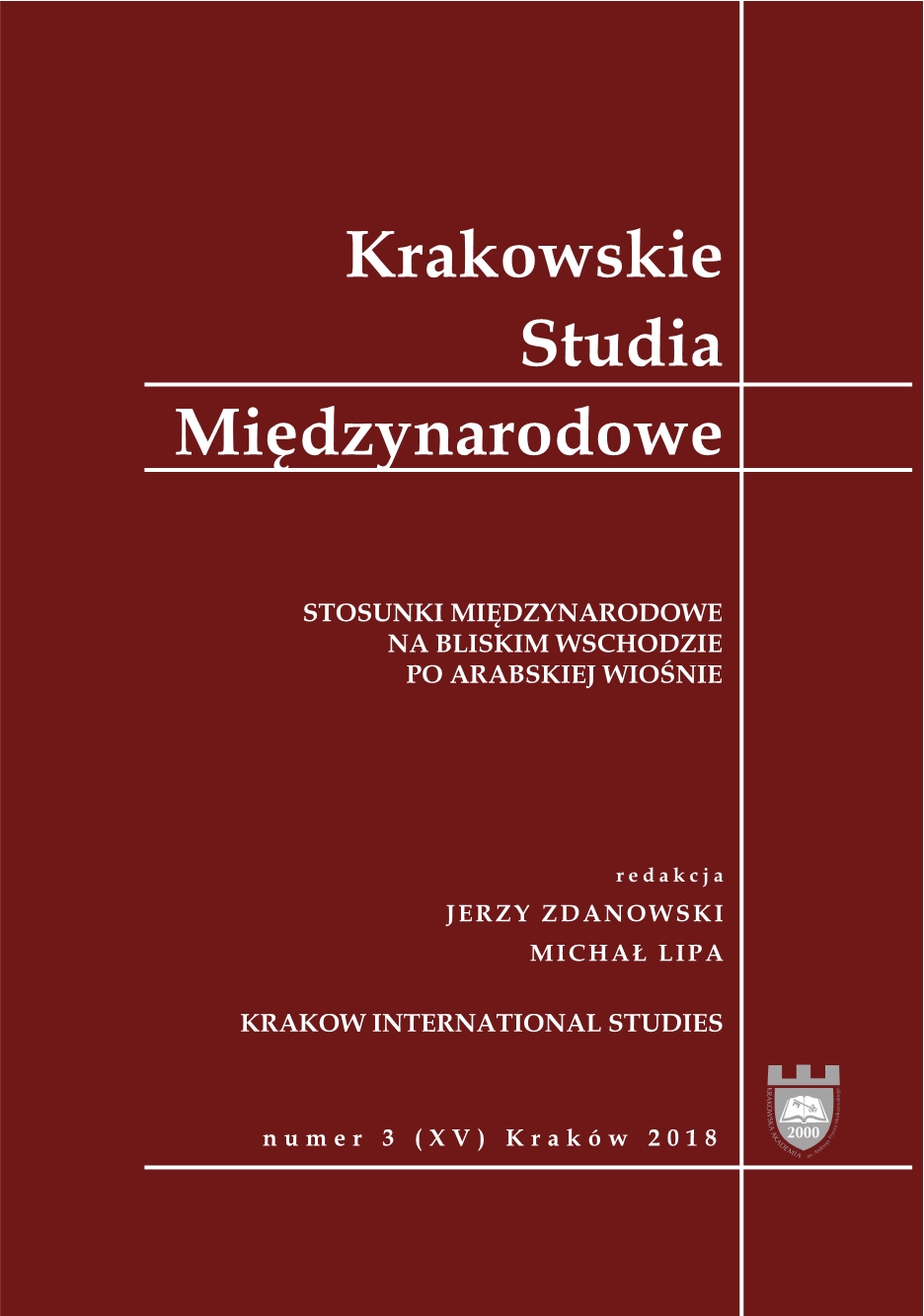Polityka energetyczna państw Rady Współpracy Zatoki (Perskiej) wobec wyzwań zmian klimatu w drugiej dekadzie XXI wieku
Energy Policy of the Gulf Cooperation Council (GCC) Countries Towards the C limate Change Challenges in the Second Decade of the 21st Century
Author(s): Tomasz MłynarskiSubject(s): Energy and Environmental Studies, Economic policy, Environmental and Energy policy, International relations/trade
Published by: Oficyna Wydawnicza AFM Uniwersytetu Andrzeja Frycza Modrzewskiego w Krakowie
Keywords: Persian Gulf; energy policy; renewable energy sources; energy mix;
Summary/Abstract: The countries of the Gulf Cooperation Council (GCC) are among the world’s largest hydrocarbon producers. Possessing of rich fossil fuels deposits has contributed to their impressive economic growth in recent decades. While oil and natural gas remain the main components of the region’s GDP, national economic policies are increasingly focused on the diversifi cation of the economy and energy production sources. The natural conditions create the prospect of increasing use of renewable energy sources, whose share in the GCC countries is still relatively small. Increasing the share of RES in the regional energy mix creates many economic and environmental benefi ts, both through the release of domestic energy production for export and the reduction of carbon dioxide (CO2) emissions. Some GCC countries are also developing nuclear energy programs, seeing it as a method to diversify the energy mix. Energy transformation is associated with real socio-economic benefits, such as increasing energy independence and flexibility of the energy system, creating jobs in new branches of the green economy as well as mitigating climate change effects and health impact. It should be expected that renewable energy sources will play an increasingly important role in the production of electricity in the GCC countries.
Journal: Krakowskie Studia Międzynarodowe
- Issue Year: XV/2018
- Issue No: 3
- Page Range: 155-171
- Page Count: 18
- Language: Polish

